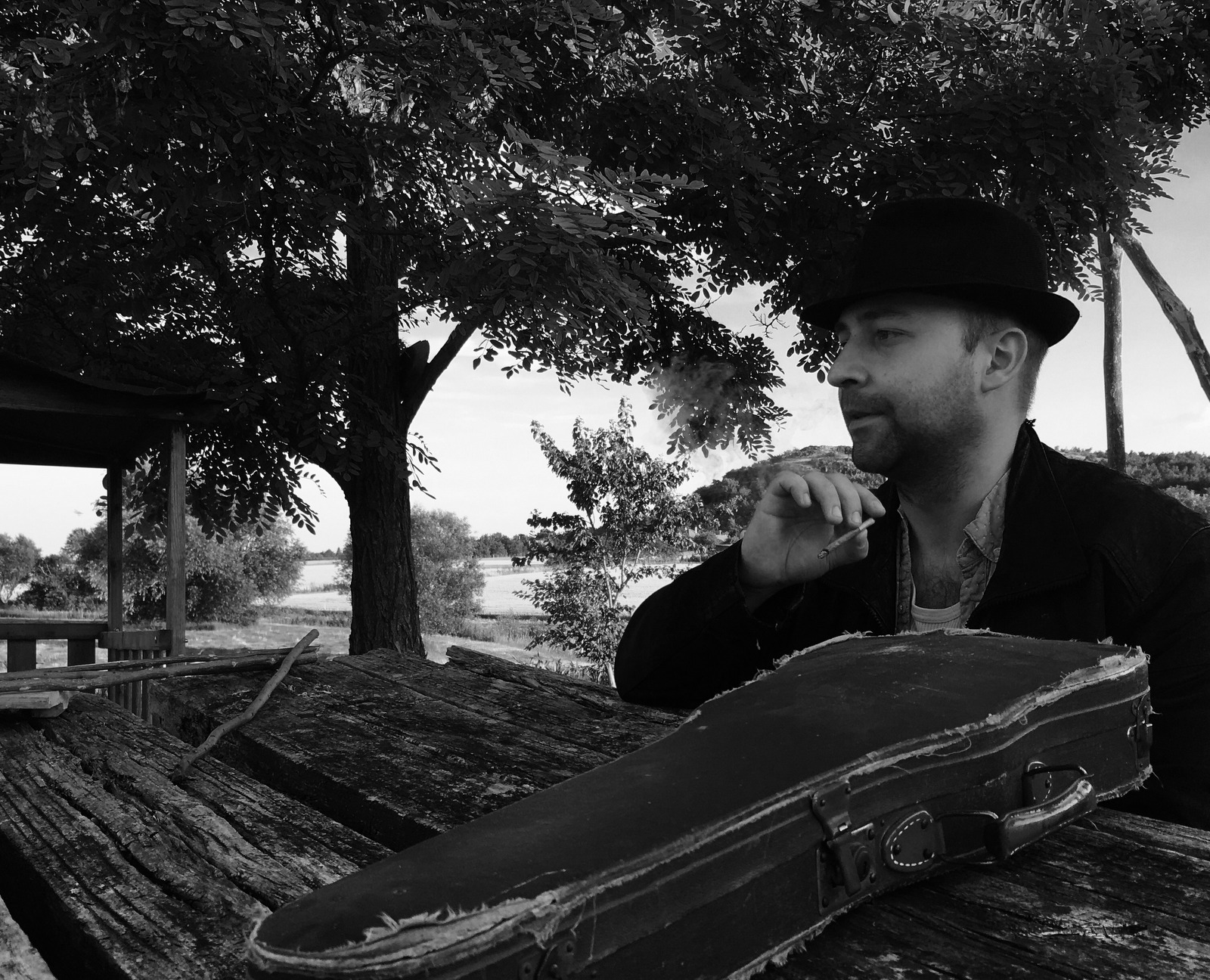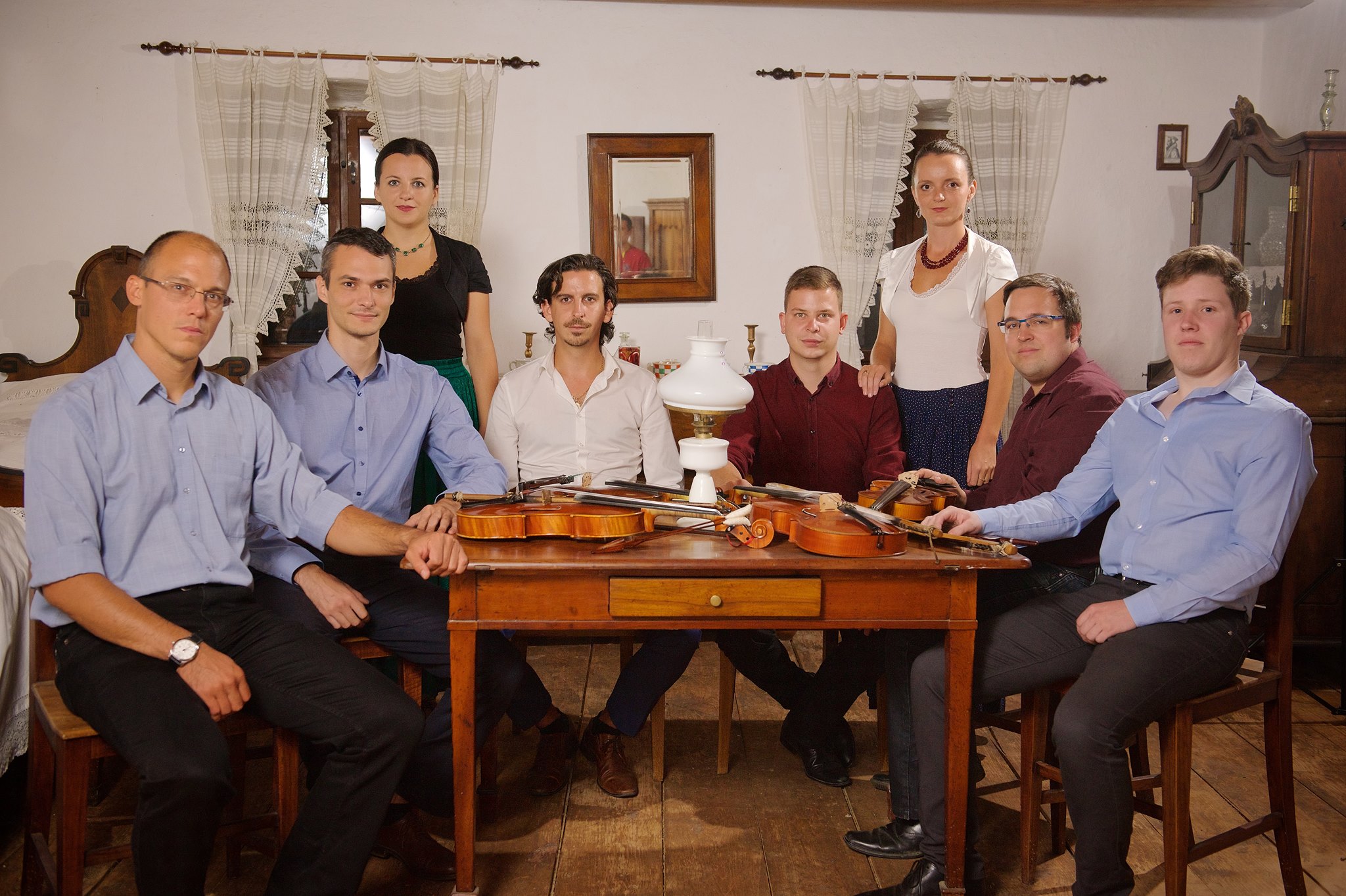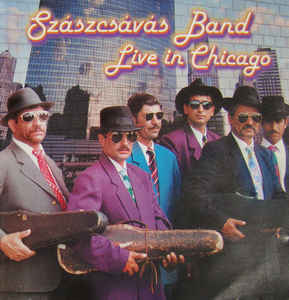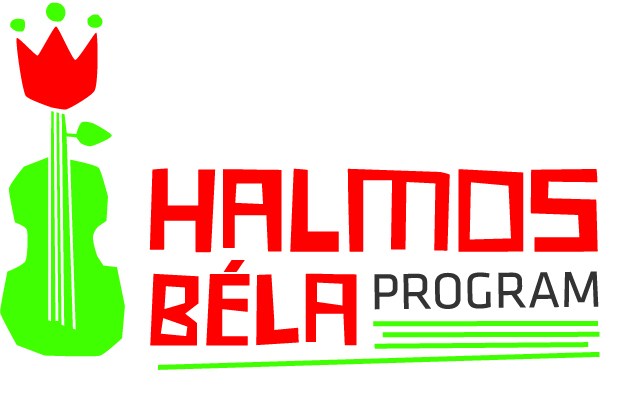
According to Béla Bartók, the definition of a folk song is “something that was sung by many and sung for long”. Máté Kalász and Attila Mihó are characters and prime violinists of the authentic folk music “current” whom there’s much to say about: they are two of the most active young musicians with their characteristic playing style, and a thorough and confident professionalism. Both are well-known for their authentic playing styles, their talents and musical ideas are confidently laid out on their new debut albums.
From a musical-stylistic perspective, the two albums overlap and create an aspect that is essentially important for the survival of authentic folk music: the gaunt, rough, powerful sound that fills musical space with life and reality. The instruments’ heavy, solid sound reminds me of the overwhelming and unforgettable experience of the first time I heard live folk music; many of us know the feeling when the sound-stream emanating from the instruments right in front of us fills our minds and penetrates our bodies. It is rare for a recorded album to be able to evoke this specific memory! Both albums are very much alive, us, listeners can sense first-hand musical experiences from the field, which are essential background elements for any musical piece of the genre.
Attila Mihó’s style is very precise and refined but not sterile; on the contrary, it is very dynamic. He’s put together a colourful musical piece that alludes to the album’s title and to the goals articulated in the album’s accompanying sleeve booklet. The process, dubbed as “musical journey”, proves the versatility and preparedness of the prime violinist and his band. The songs are played in the most authentic way and can be individually identified based on regional musical characteristics. The more classic, raw sound of the songs “archaizes” the overall sound of the album. This simple and not overly modernized, outstanding musical work of the genre, however, could use more creative and artistically matching artwork as regards quality.

On Máté Kalász’s album, the vocals of Julcsi Paár add a lot to the musical construct and atmosphere; they have uniqueness, maturity and powerfully transmit the characteristic tones and moods of the Buza region’s music. Upon the whole album rests a warm and round tone, keeping it lean, but together, capitalizing on the variational and dynamic possibilities of the music. Máté Kalász traverses a varied and long musical path, but those that have known him longer rightfully associate his name with folk music hailing from the Transylvanian Plain and the Magyarpalatka region.
“For me, all music starts here and ends here. I can express myself best when I’m playing music from the Magyarpalatka region. Back when I was just 15, I first heard a “Palatka” band play on 22nd December, 2004. I knew that the magnificent music of the Kodobas is going to accompany me in my whole life.” (Máté Kalász)
It stands out how important human relationships are to him and how much he values the musicians that helped him along his studies: he voices this in his album description. The harmony between the primary violinist and the band is almost palpable. It is self-evident that this album aspires to be more than a mere commercial product on the global market: it is the essential human being that wants to shine through his music and vocalize emotions, personal thoughts in order to show a face that not many have known.
For listeners less adept in folk music, the phenomenon of replaying the same unchanged tune for a good 8-10 minutes may be less understandable or explainable. However, there is change, there is a shift! Máté believes that one single tune can actually be played over and over again, for extended periods of time, and the album perfectly presents this principle.
What this genre can give to the listener: gentle variability in rhythm and tune, emotional load, honest and live sound through the natural vibration of the acoustic instruments. The realtime “dance-sounds” on the Kalász Banda’s album make the recording even livelier. All in all, the album’s music strongly represents and underlines the idea that music should be natural, “unaffected”, pure-listening, standing in its humble but noble simplicity; a simplicity that can best influence our feelings, can conjure up the most images in our minds, can establish the deepest silence and serenity within us, or can help summon our most internal and destructive flames of emotion. The songs were recorded in the Lehmann Cellar in the village of Dúzs, not far away from the town of Szekszárd. This tells and explains everything there is to say.
Not completely independent of the albums by Attila Mihó and Máté Kalász, I’d dare make the remark that the outlook of authentic folk music albums is generally not overly developed. There may be many reasons for this with which I could, on a more basic level, agree, but these cannot excuse the lack of creativity and sometimes the low standard of production. On the one hand, many might think that this is absolutely unimportant, design is just an auxiliary aspect of producing an album. On the other hand, concerns regarding the balance between content and form may arise. It is important for the album to receive an outfit that matches the musical style and genre.
Within the domain of folk music, for example, I can picture a fear of excess, ostentation, un-classical forms, and of modern stylistic and graphic elements. A classic album cover would be one that shows an accurate photo of probably all the album’s contributors, the location should be out in nature, or in a cottage room largely earth-tone furnished with naturalistic effects that usually generate the opposite effect. This is fairly okay, as these illustrated solutions carry several outstanding possibilities, the good old pattern is a solid point of reference that is also important. But when I consider a new album as a possibility for creating a pan-artistic masterpiece that is a supportive outlet for its musical contents, then I am less than content with the genre’s tastes and inexperience.
I believe that graphic representations in authentic folk music should use less genre scenes and more contemporary elements. And, lo, a market niche! Talking about markets, like it or not, we have to keep in mind that our finished album -that transports our musical credo and contemporary knowledge to the public- can only be effectively delivered to potentially interested audiences outside our folk musician and dancer circles via commercial pathways. (Assuming our aim is not to create a costly piece of memory or an ever-ready present for our family members.)
For those not enthralled by reading Attila Mihó’s name on the cover, since, let’s say, they have never been to a folk-bar, dance-house or concert where they might have heard this outstanding musician play, well, those need a wee bit more motivation, as anyone would when it comes to any marketed “product”. This has indeed made me a little sad too, but it sure pays to give it –or anything- a thought. By the way, it might prove useful to take a look around (apart from the Western-European market) in Southern-Europe, where graphical and typographical tools are used boldly and uniquely, not only on CD covers, but on quality wine-bottle tabs too.

It may also happen that some of our older album covers were ahead of their times, so it’s easy to remember them, as they are noticeable, witty, and, above all, unique. If you see something different sticking its head out from 15 identical sepia images of Székely gates, it’s bound to be effective, as the cover art of the Szászcsávási Band’s “Live in Chicago” album is.
Kalász Banda - Dúzs 2017 (Fonó Budai Zeneház, 2017)
Mihó Attila és barátai - Melyik úton.... (2017, Szerzői kiadás)
Translated by Kálmán Farkas
in Hungarian →
A bejegyzés trackback címe:
Kommentek:
A hozzászólások a vonatkozó jogszabályok értelmében felhasználói tartalomnak minősülnek, értük a szolgáltatás technikai üzemeltetője semmilyen felelősséget nem vállal, azokat nem ellenőrzi. Kifogás esetén forduljon a blog szerkesztőjéhez. Részletek a Felhasználási feltételekben és az adatvédelmi tájékoztatóban.



